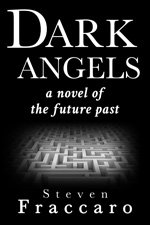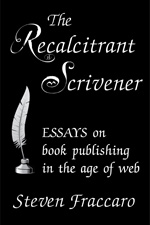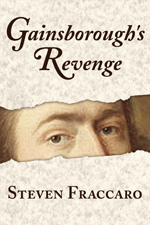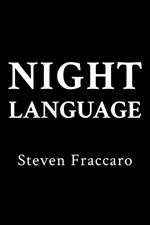Recently
I heard Michael Gottlieb read the title poem from his new volume of poetry, I Had Every Intention, at the Faux Press
party at Le Poisson Rouge in New York. I’ve known Michael for a number of years
and have admired and enjoyed his work. In addition to the title poem, the new
volume includes “You Unacknowledged Legislators You” and “No Thought Best Thought.”
He was one of four poets who read brief selections of new work that evening.
The others were Kimberly Lyons, John Godfrey, and Vincent Katz. Music was
provided by Drew Gardner.
It
was several nights later, when I read the short volume through in its entirety, that something clicked in a major way. A revelation, certainly, but the
revelation was this—as smooth and seemingly light as the surface of these poems
may be, it’s what’s below the surface that will transfix you, and the world
with it.
The
syntax is deceptively simple:
what about the other
laws
he broke
like verb noun agreement
A
little later:
he has an abstinent
spirit
proudly renouncing easy
pleasures
Easy
to read, very easy to hear someone read the lines aloud. But then, there’s the
question of specific vocabulary. At a public reading, the words go down easily.
But should they? Isn’t the selection of these casual, almost throwaway phrases
absolutely intentional? And shouldn’t these exact words lead us to ask certain
questions before we proceed to the next line?
For
example, what precisely is the Dunning-Kruger
Effect? Or the business judgment
rule, for that matter? The answers are shocking in a way, and should bring
us up short. The definitions are entirely relevant, whether to the banking
crisis of 2008 or to our everyday lives.
Then
there are the words that we think we know—coruscate,
for example. No, it doesn’t mean to excoriate,
but to shine, to glisten. And what’s the definition of skeumorphic? What about assortative?
What exactly happens in a Faraday Cage? What or where is Ploesti? And have you seen an eidolon
lately?
There
is something subtly subversive about this way of using language, the casual
allusions that at first glance don’t need to be delved into. Subversive of
what, one might ask. Of our complacency, of our pretense to knowledge in a
world where knowledge is infinite, perhaps even subversive of theories that
presume to explain how language works.
Then
there’s the reference to Hölderlin—this is hilarious, a very backhanded way of
referring to someone who is the opposite, someone we’d be relieved to see the
last of. Then again, look up Hölderlin, look up his evanescent verse, and one
realizes that several things are going on here. Someone is disappearing and
someone isn’t, but who has just walked past us isn’t clear.
I Had Every Intention by Michael Gottlieb is
available from Faux Press and from Small Press Distribution. A video of the reading can now be seen
at Ron Silliman’s blog for November 19.





